
 By Victor Duda
By Victor Duda
These calls have come to the fact that the current Senate Senate proposals on the Law on National Defense for 2024 contain a provision assignment to the Ministry of Defense to study the possibility of creating independent cyberwar. Focus has translated Michael Krizer's article about a new cyber -state department in the United States. Despite these calls, there are many serious problems and obstacles.
Although cyberspace is recognized by the Ministry as a field of fighting, it is uniquely different in nature from the physical domains of warfare, which determine the available agencies. Although the creation of space forces has been relatively successful from the legal and budgetary points of view, there are serious questions about the orientation and culture of the new department.
These questions make them seriously think about the expediency of creating new cyber forces as an independent military service. The difficult procedure for creating a new department in combination with the lack of an independent operating environment and a unique set of opportunities and schemes of activity can rather hurt the development of cybernetic military potential than to strengthen it at a critical moment of confrontation between the great powers.
In order to seriously engage in the future of cybernetics and national security, politicians should go beyond the Ministry of Defense and create an effective US Cybership. Instead of considering physical combat domains, they should pay attention to such functional realms as meteorology, medicine and law enforcement agencies.
These are examples of non -military agencies that can integrate into military operations, as well as cooperate with the public sector in a low -rhizorized role to conduct current operations both abroad and domestically. The causes of frequent mention of cyber service are obvious. Four out of the five current military agencies are tied to four physical domains, and the fifth specializes in one integral space within the department of one of these domains.
In this context, the separation of a new field of hostilities implies the need to create an independent department. Moreover, recent conflicts have proven the increasing importance of cybernetic operations for the modern war. Cybernetics becomes the basis of all advanced weapons, and in the future cybernetic units and even weapons may well be in the arsenal of every soldier.
Fifth generation fighters, such as F-22 and F-35, are more integrated supercomputers that can fly than aircraft with a cybernetic complement. As David Barno and Nora Bensachel noted in the previous article, "no military department can function today without reliable and stable cyber possibleities for everything - from command and management, analysis of intelligence to everyday functioning .
However, it is these characteristics that made a cyberspace announcement of hostilities with four physical domains very problematic and even dangerous in terms of defense policy. Space troops, like the Air Force to them, appeared because the physical characteristics of all domains required completely different equipment and operating structures so that people could fight and act in these domains.
The Air Force developed towards independence, because the army did not want to priority the purchase of aircraft of the long range, as well as resisted the training of officers oriented towards the enemy's territory, not the direct support of the ground maneuverable forces.
Similarly, the calls for the independence of space forces were caused by the Air Force that they believed that they were engaged in space launch and development of defense systems in orbital space, and in fact focused on domination in the air. Cyber operations do not differ from physical domains and do not require separate purchases or operating structures.
Rather, they are a new layer or environment of equipment and vulnerabilities that should be priority and integrated into available domains rather than bureaucratically separated. Like other new systems, from rockets to drones and special operations, they benefit from greater awareness and priority within the available services.
Cybernetics as a means of conducting military operations, identifying vulnerability and projection creates additional problems for the US military policy, as it eliminates the division into foreign and domestic policy and thus creates significant obstacles to US laws and norms of military use.
This problem is best illustrated by the breakdown of Sony Pictures in 2014, when hackers broke the US media colomerate servers with a branch in Japan for several months, and the information received was published to force the company not to produce a movie for Americans.
Problems related to national sovereignty, ownership, safety of private sector networks, and lack of an element of gross force, show that cooperation between government, public and private sectors is required to counteract this type of threats. Finally, as in the case of confusion between space forces and the cosmic command, another case when the powers of the united command are greatly intersect with a separate department, can reduce the efficiency of cybermisia through bureaucratic showdowns.
Since cyberdoen is determined by operating structures, not unique physical restrictions, the model of a single combat command with quasi -mandible powers, like the command of special operations of US special operations, is better suited to solve cyber integration military problems than a separate service.
Moreover, the reaction of Google's employees to the Air Force Maven has demonstrated cultural contradictions between the military and technological sectors, and the direction of cybersionales to higher military positions raises questions about military competence compared to technical knowledge.
Managers of technological companies can undoubtedly be experts in their subject industry and proven leaders in the private sector, but the direct appointment of such persons for senior military ranks is too risky for military agencies. For all these reasons, taking a purely military approach to this problem and solving it only in the "fighting realm" will artificially limit the choice and will more harm than it will help.
Instead, American politicians and allies should look at the Cyber Operations with Governments and national sovereignty. Calling a "cyberspace" of the fighting realm, as the US Department of Defense did in 2010, many analysts came to the natural conclusion that military cyber Authority is a logical next step in the development of kyberoperatives.
However, this formulation of the question is overlooked by alternative models outside the Ministry of Defense, which better meet the unique requirements of cyberspace. In addition to the five unified services of the Ministry of Defense, the United States Coast, the US Public Health Officer Corps, the National Oceanic and Atmospheric Oceanic and Atmospheric Corps, as well as the US Commercial Fleet Academy offers valuable alternatives to unified agencies that can form a cyber service.
that is not part of the Ministry of Defense. The US Coast Guard, which is part of the Ministry of National Security, is the most obvious alternative model. Officially, as a security service, the search and rescue and law enforcement service, the coastal protection provides both global military presence in partnership with the US Navy and domestic law enforcement and humanitarian role, controlling territorial and exclusive economic areas.
In its history, Beregovo security was part of the Ministry of Finance, the Ministry of Transport, and now the Ministry of National Security. Due to its broad law enforcement mission, it is directly liberated from the restrictions imposed on other military agencies by the laws of Posse Comitatus. These unique powers make the coastal protection critically important in military operations, in particular, within the Indo-Pacific Command and in the Global War with terrorism.
At the same time, the status of coastal protection as military service can create regulatory problems when it comes to internal cyber water. The Officer Corps of the Public Health Service of the Ministry of Health and Social Services and Officer Corps of the National Oceanic and Atmospheric Research of the Ministry of Commerce are models of civilians, focused on the profession of unified services for the most important state tasks.
These services consist of 6000 and 330 officers, respectively, who work in their main specialties in public interest. The mission of the Public Health Officer Corps is to protect and improve the health and safety of the United States, which is achieved by rapid response to the needs of public health, leadership in public health practice and the development of science in this field.
The mission of the Oceanic and Atmospheric Oceanic and Atmospheric Corps is to develop a coordinated approach to oceanographic and atmospheric research in order to provide the most important environmental information in both military and peacetime. Most Americans are aware of the public health service through the activities of the General Surgeon and the Crisis Response-from Ebola to Covid-19.
The professional reputation of the National Oceanic and Atmospheric Research Office can be judged by the fact that it is one of the few US organizations capable of regularly accounting Cuba in search of important public information. His staff are professionals in engineering, land and sea sciences, as well as other related disciplines. Due to their experience and professionalism, most of them serve in officers (usually the 3rd rank captain).
The last option that does not have a formal military status is the US Fleet Academy and a merchant fleet. The merchant fleet consists of civilian seafarers and civilian and federal merchants, run by the US Government and the private sector. Its purpose is the trade and transportation of goods in the territorial waters of the United States in peacetime, and in wartime it can be called as an auxiliary fleet.
Today, the Academy of Trade Fleet is subordinate to the Maritime Administration of the Ministry of Transport and seeks to educate leaders capable of serving national security, maritime transport and economic needs of the United States. Graduates of the Academy perform a variety of functions - from officers in real military service to sailors licensed by coastal security and are in the reserve.
These examples, as well as the many non -military agencies in which these officers work, show that there are many potential models for the future cyber service. In addition, the history and evolution of these structures demonstrate a gradual but purposeful path that American cybersiones can pass quickly, not excluding the emergence of alternative agencies in the future.
To begin with, you can almost immediately create a US Cyber Quage and a Reserve Officers Training Program on the Merchant Fleet Academy or University of Medical Sciences at unified services and training of reserve officers in the army. This, for its part, will allow the formation of the nucleus of cybersiones focused on the public sector, such as the reserve corps of the Public Health Service and the Corps of the Trade Fleet, which may be in charge of the Ministry of Commerce.
This model will lay a stronger foundation for the development of cybersiones, which works in cooperation with the government and the most important allies and partners in the private sector and is not limited to military operations. A further step could be the creation of a US cybersey, closer to the public health officer than to military agencies.
The new Cyberacode, proposed within the first step, could provide bachelor's and master's degrees in computer sciences, cyberpolitics, cyber political and cyber right to raise military cybersiones that can specialize in government, military and private use.
Such an agency that focuses on cybersionalism, not on military professionalism, will allow to introduce cybersiones directly into the higher echelons of management, just as the general surgeon should not pass through the stages of military service.
As in the case of public health officers whose employees hold the most important positions in the Federal Government agencies, and coastal officers who hold the most important positions and give key powers to a united military command, cybership staff could be able Knowledge and powers in the US military operations and commands in the role of cybersiones with military experience, not military professionals with cybernetic skills.
This path will increase the number of cybersiones in the US government and establish partnerships between public and private sectors, not limiting future changes in the mission and nature of the service or other new services. Just as the coastal protection over time moved from one Federal Department to another, the cybership service could also change its jurisdiction.
If politicians decide that the military cyber agency is still needed, it will be possible to transfer the cybership to the Ministry of Defense or create a completely new service. But for today's urgent military needs, preference for cyber teams is more appropriate than the creation of cyberwar. In the end, cybernetics is too large, dynamic and important area to limit it to the military department. Michael P. Krinets is a director of new technologies at the US Marine Corps College.


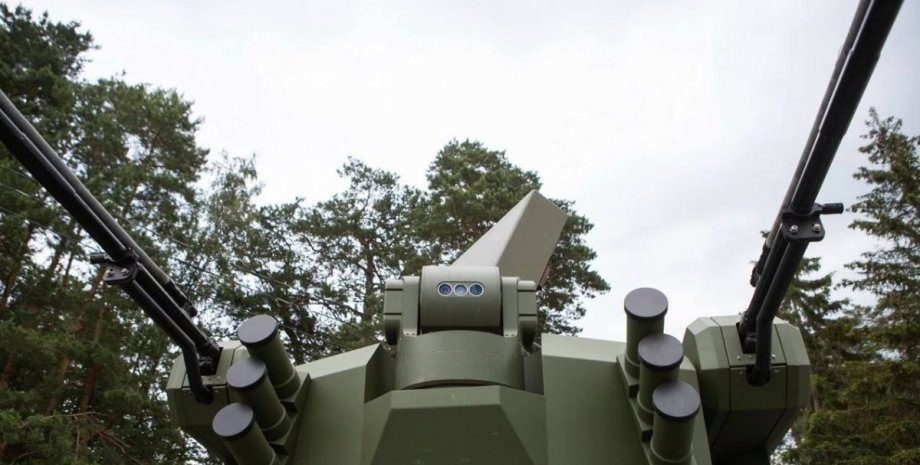
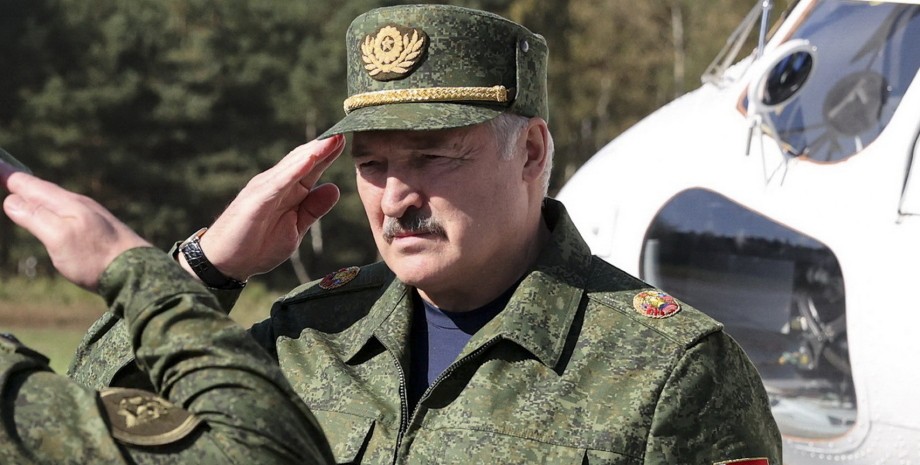
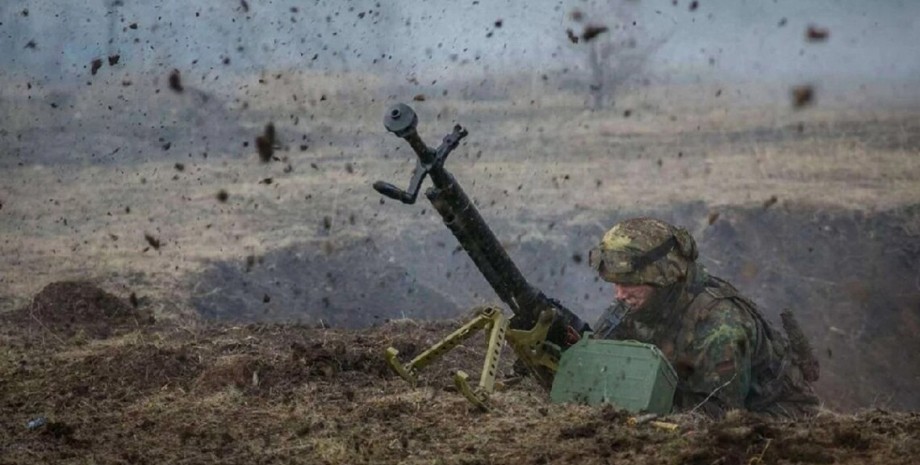

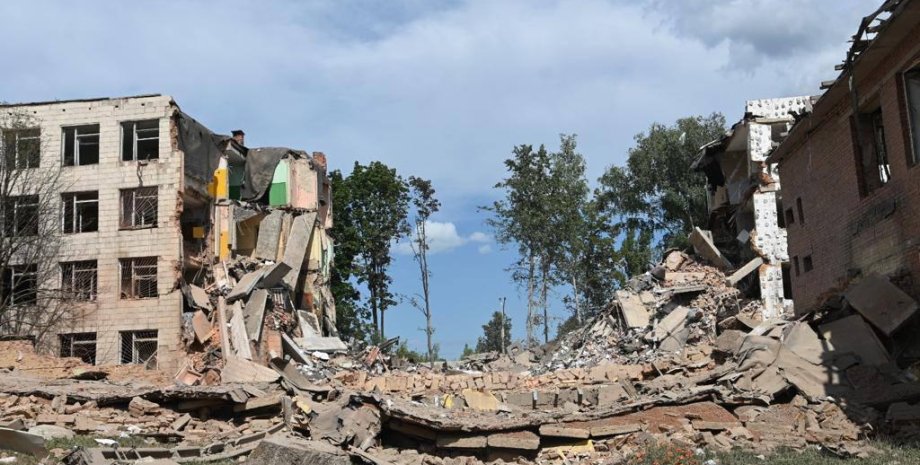
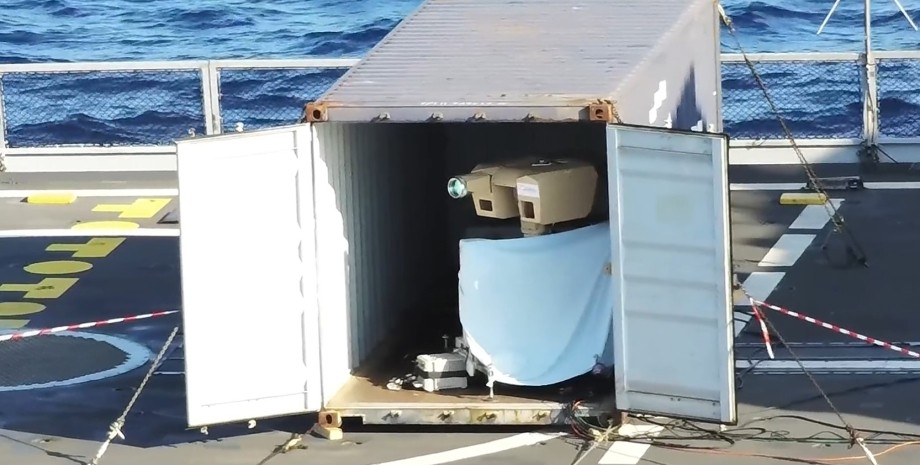
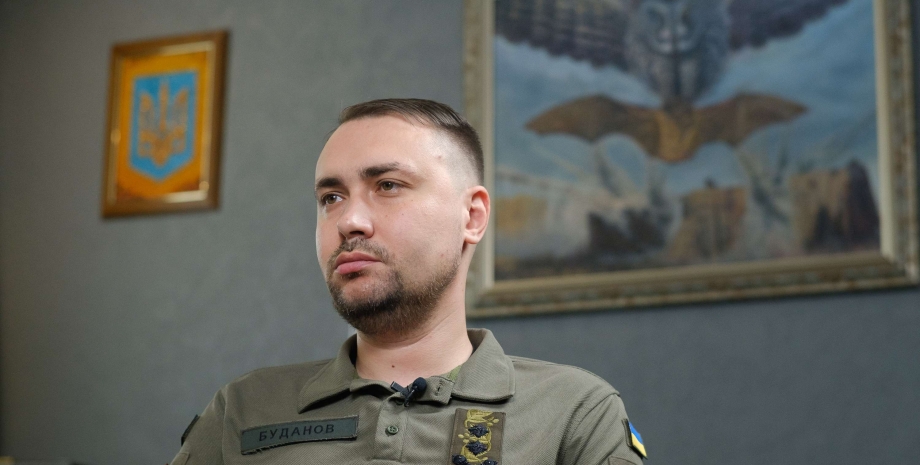
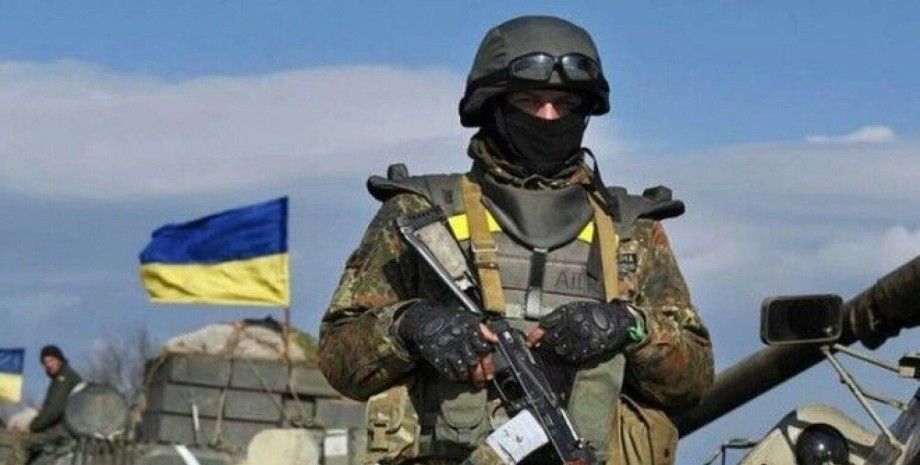
All rights reserved IN-Ukraine.info - 2022